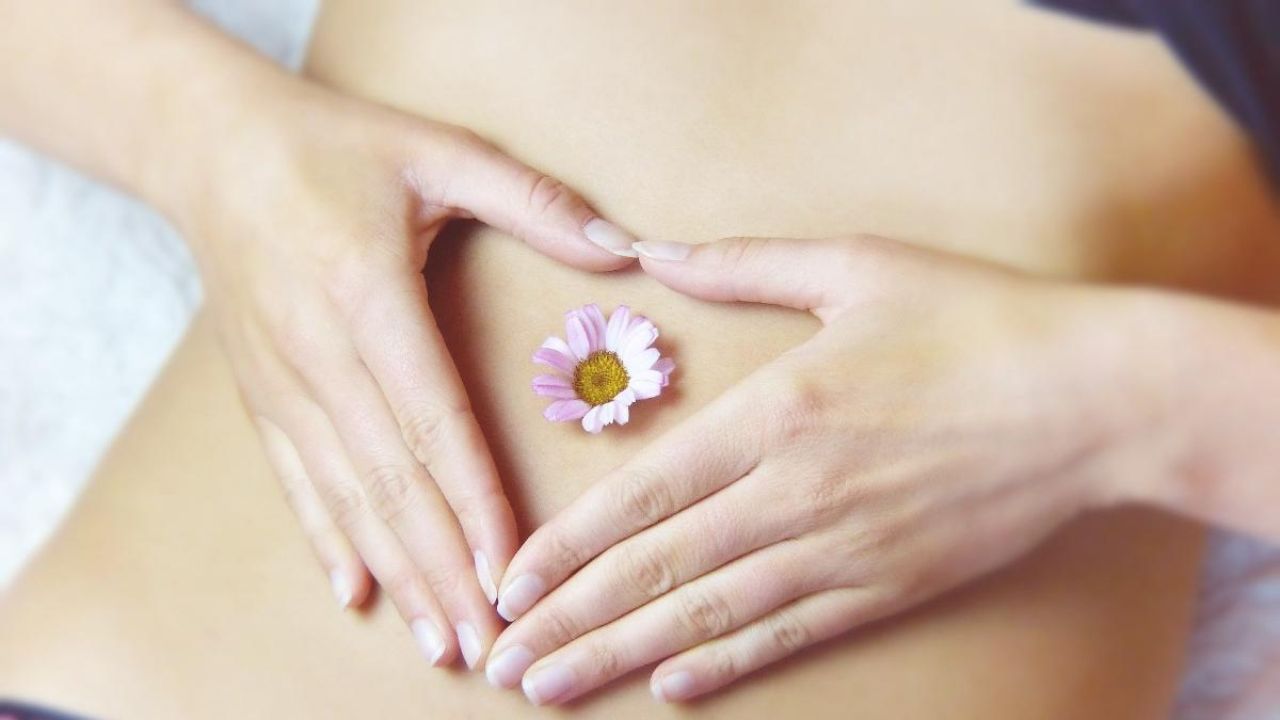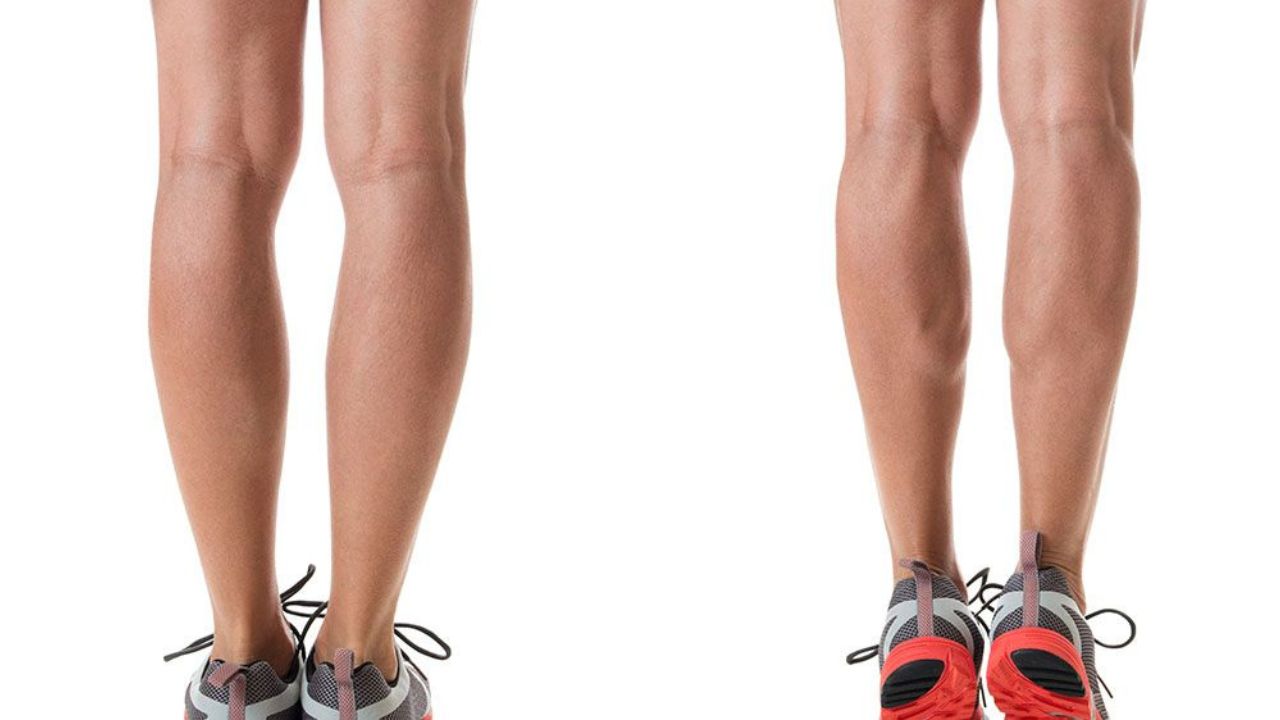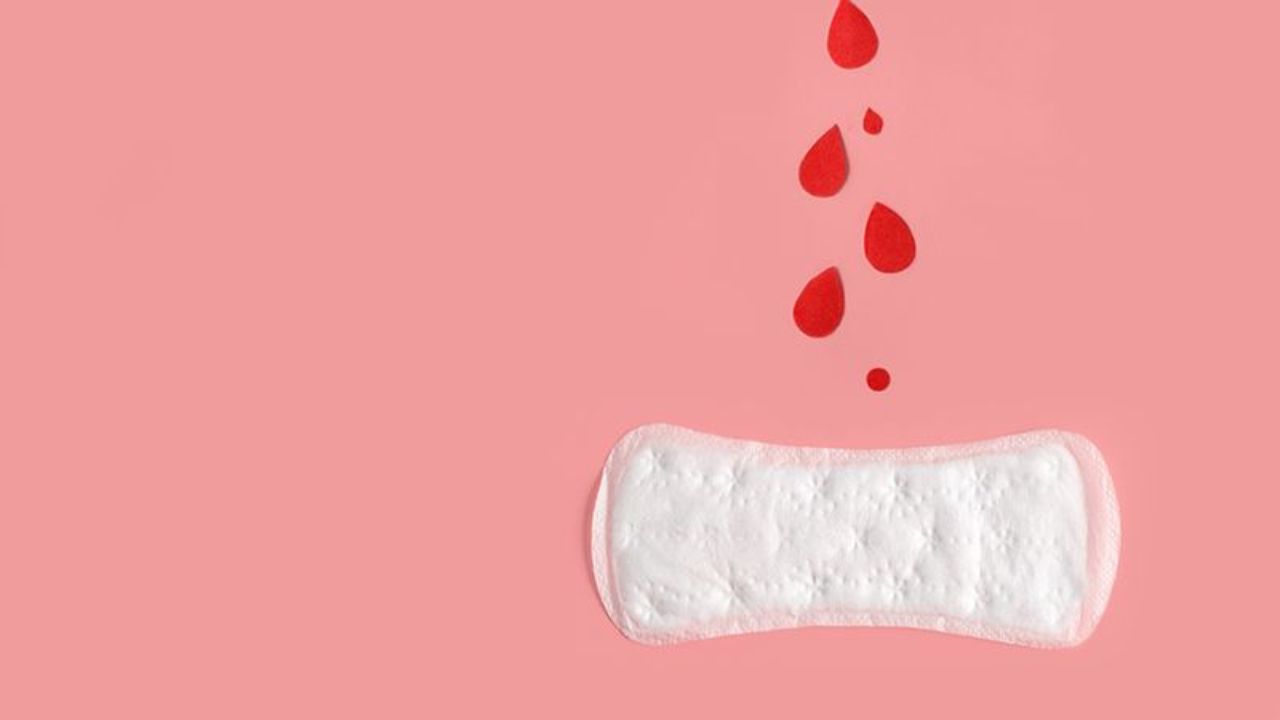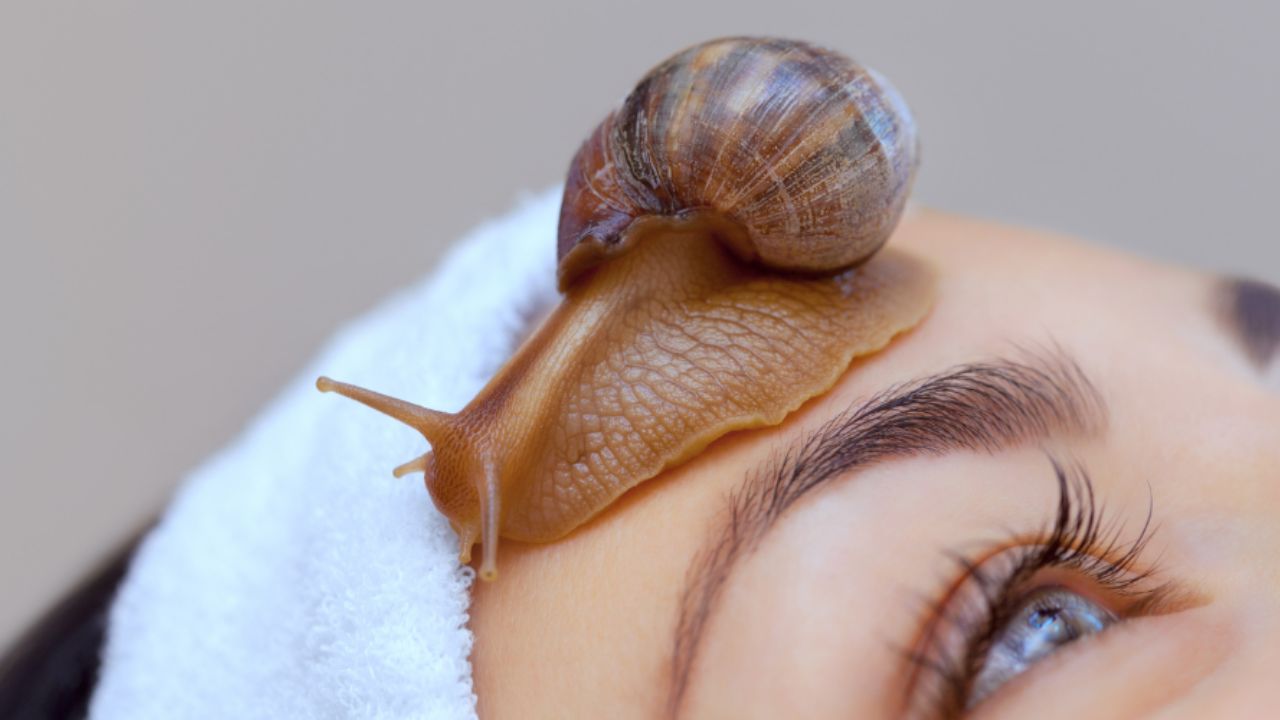Stretch marks, those subtle silvery or purplish lines, often make their debut on our skin due to factors like pregnancy or sudden weight gain. While they predominantly grace areas like our thighs, hips, and abdomen, they’re not always a welcome sight. Over time, they might fade a bit, but for those looking for a more immediate solution, natural remedies often come to the rescue. And here, we’re casting a spotlight on the much-talked-about olive oil. Does it hold the magic potion to banish stretch marks? Let’s find out.
Olive Oil: The Stretch Mark Conundrum
To be frank, when it comes to olive oil’s power to combat stretch marks, the science isn’t particularly convincing.
What the Studies Say: One piece of research observed first-time pregnant women and found that olive oil application didn’t prevent stretch marks. Another study, focusing on women in their second trimester, saw almost half of the olive oil-using group develop stretch marks, not significantly different from the control group who abstained from any oil. Yet another study echoed this sentiment, finding no significant advantage of olive oil in preventing stretch marks in pregnant women.
Olive Oil’s Impact on Skin: Not everything about olive oil is rosy. There’s evidence suggesting it might exacerbate conditions like atopic dermatitis and xerosis. It’s also been linked to disturbing the skin’s barrier, causing inflammation-induced redness, and speeding up the rate at which our skin loses moisture. However, a sliver of silver lining exists. Olive oil’s topical application has been linked to wound healing, anti-inflammatory, and antioxidant benefits, but it’s important to note this study was on mice. So, the jury’s still out on its effect on human skin.
The Antioxidant Advantage: One cannot deny that olive oil is a powerhouse of antioxidants. For the visual thinkers, imagine a graph sourced from a 2020 study. It paints a picture of extra virgin olive oil, sampled from Italy’s diverse regions, brimming with tocopherols (vitamin E) and secoiridoids, underscoring its antioxidant richness. This hints at olive oil’s potential to enhance skin health.
DIY with Olive Oil
Despite the mixed opinions, if you’re keen to try olive oil for stretch marks, pair it with ingredients known for skin nourishment. Look out for DIY remedies that make the most of its potential benefits.
Remember, it’s always essential to monitor how your skin reacts to any new treatment. And while olive oil might not be the miracle cure for stretch marks, its rich history and potential benefits make it an interesting ingredient to explore.
Olive Oil for Stretch Marks: A DIY Guide
Stretch marks might be a natural part of life, but that doesn’t mean you can’t do something about them. Olive oil, with its rich history in skincare, might just be the ticket. If you’re thinking of giving it a whirl, always opt for cold-pressed or extra virgin varieties to ensure the best quality.
1. Olive Oil and Shea Butter: A Soothing Blend
Shea Butter’s Magic: Known to grace many skincare products, shea butter’s moisturising prowess is akin to that of ceramide-containing products.
Ingredients:
- 1 tablespoon of raw shea butter
- 1 teaspoon of cold-pressed olive oil
Method:
- Combine the shea butter and olive oil into a smooth mixture.
- Gently massage this blend over your stretch marks, ensuring an even application.
- Let it sit and soak in overnight.
- For optimal results, incorporate this into your nightly routine.
2. Olive Oil and Coffee Grounds: A Gentle Exfoliation
The Coffee Caveat: It’s important to note that no scrub can completely erase stretch marks. However, coffee grounds could be beneficial in exfoliating and rejuvenating the skin.
Ingredients:
- 1 tablespoon of fresh coffee grounds
- 1-2 teaspoons of cold-pressed olive oil
Method:
- Stir together the coffee grounds and olive oil until they meld into a gritty paste.
- Using gentle circular motions, scrub this concoction over your stretch marks for about 5 minutes. This not only exfoliates but invigorates the skin.
- Allow the mixture to sit and work its magic for an additional 5 minutes.
- Rinse off the residue and follow up with your favourite moisturiser.
- If you’re feeling adventurous, this mixture also doubles up as a body scrub.
- To keep your skin looking its best, engage in this exfoliating ritual about three times a week.
Whether or not olive oil is the elixir for stretch marks is still a topic of debate. Still, pairing it with ingredients like shea butter or coffee grounds can be a nourishing and refreshing treat for your skin. Always remember, it’s the journey of self-care and embracing oneself that matters most.
3. Olive Oil and Coconut Oil: A Hydrating Embrace
Coconut Oil’s Blessings: A champion in preventing transepidermal water loss (TEWL), coconut oil ensures your skin stays hydrated. It not only shields the skin from harmful UV rays but also nourishes it profoundly.
Ingredients:
- 1 tablespoon of cold-pressed coconut oil
- 1 teaspoon of cold-pressed olive oil
Method:
- For a more liquid consistency, you can microwave the coconut oil briefly (this step is optional).
- Blend both oils together smoothly.
- Gently work the oil mixture into your stretch marks with a massage.
- Allow it to be absorbed by your skin overnight.
- Engage in this nourishing routine daily for the best results.
A Word of Caution: Olive oil has a rich texture, meaning it may not be immediately absorbed by your skin. Although some anecdotes suggest that this can encourage bacterial growth or cause acne, this is not universally true. However, if your skin leans towards being oily or acne-prone, or if breakouts are a frequent concern, it might be best to proceed with caution or skip this remedy.
4. Olive Oil and Turmeric: A Golden Touch
The Turmeric Twist: Although turmeric might not directly address stretch marks, its healing properties are well-documented. It’s a skin-loving ingredient known to keep it in radiant health.
Ingredients:
- ½ teaspoon of turmeric powder
- 1 tablespoon of cold-pressed olive oil
Method:
- Integrate the turmeric powder into the olive oil until you have a smooth mixture.
- Massage this golden blend onto your stretch marks with gentle, even strokes.
- Allow it to grace your skin for at least 30 minutes.
- Wash away the residue, and seal in the goodness with your favourite moisturiser.
- Indulging in this routine daily can be a treat for your skin.
Remember, the efficacy of any home remedy can vary from person to person. It’s essential to listen to your skin, monitor its responses, and adjust routines as needed. Happy pampering!
5. Olive Oil and Aloe Vera: Nature’s Soothing Embrace
Aloe Vera’s Power: Famous for its deep hydrating qualities, aloe vera brings mucopolysaccharides to the table. These compounds lock in moisture and, alongside the plant’s potential to boost collagen and elastin production, can enhance skin elasticity and possibly diminish the look of stretch marks.
Ingredients:
- 1-2 tablespoons of fresh aloe vera gel
- ½ teaspoon of cold-pressed olive oil
Method:
- In a clean bowl, blend the aloe vera gel with the olive oil until you achieve a cohesive mix.
- Gently massage this concoction over your stretch marks.
- Permit it to settle on your skin for 20-30 minutes.
- Rinse it off, following up with your favourite moisturiser.
- For optimal benefits, indulge in this routine daily.
6. Olive Oil and Brown Sugar: An Exfoliating Treat
The Brown Sugar Benefit: Acting as a natural exfoliant, the granular texture of brown sugar makes it ideal for scrubbing away dead skin cells, leaving behind a softer, more radiant complexion. While there’s anecdotal chatter about its efficacy for stretch marks, remember that it mainly acts as an exfoliant.
Ingredients:
- 2 tablespoons of brown sugar
- 1 tablespoon of cold-pressed olive oil
Method:
- Integrate the brown sugar and olive oil, ensuring a thorough mix.
- Using gentle circular motions, apply this scrub over your stretch marks for approximately 5 minutes.
- Rinse with water and replenish your skin’s moisture with a hydrating lotion.
- For best results, incorporate this exfoliating session once every two days.
Bonus Tip: Fancy a brown sugar skin treat?
Discover more with our “10 Simple Homemade Brown Sugar Scrubs For Gorgeous, Glowing Skin.”
At the end of the day, olive oil’s potential benefits are vast, but it’s the synergy with other natural ingredients that truly makes for a rewarding skincare experience. Enjoy your journey to radiant skin!
7. Olive Oil and Bitter Almond Oil: Stretch Mark Warriors
Ingredients:
- 2-3 drops of bitter almond oil
- 1 tablespoon of cold-pressed olive oil
Method:
- In a clean container, combine both the bitter almond oil and olive oil, blending until unified.
- Using firm yet gentle strokes, work this mixture over areas with stretch marks, dedicating about 15 minutes to the massage. This will help in absorbing the oil better into the skin.
- Allow it to penetrate your skin for a while, so all the benefits are sealed in.
- Afterward, rinse with lukewarm water.
- Engage in this ritual daily for the best outcomes.
A Gentle Reminder: While bitter almond oil can be beneficial, it’s crucial to ensure you’re using a version safe for topical application. The presence of certain compounds in some bitter almond oil varieties can be toxic if ingested, so always ensure you’re using cosmetic-grade oils, especially if you’re pregnant.
Combining the holistic benefits of olive oil with the targeted action of bitter almond oil, this remedy seeks to rejuvenate the skin, possibly reducing the prominence of stretch marks. Remember, consistency is key in any skincare routine, so patience and regular application will yield the best results. Enjoy your path to more supple skin!
Olive oil, hailed for its culinary merits, also finds its way into many skincare routines. But as with any product, one size does not fit all. While some laud its deep moisturising abilities, others might find their skin reacting less favourably. Below are some precautions to consider when incorporating olive oil into your skincare regimen, particularly for addressing stretch marks.
Vigilance with Olive Oil: Steps to Safe Application
Potential for Dryness: Despite being an oil, olive oil might strip your skin of its natural oils. This can leave some users with drier skin post-application.
Atopic Dermatitis Flare-Ups: Those suffering from conditions like atopic dermatitis may find olive oil exacerbating their symptoms.
Barrier Disruption: The skin’s natural protective barrier could be compromised with frequent use, making it susceptible to irritants and allergens.
Redness & Irritation: For some, olive oil might induce redness or a mild burning sensation, particularly if they have sensitive skin.
Patch Test is Paramount: Before diving into full-fledged application, conduct a patch test. Apply a small amount of olive oil to an inconspicuous area (like the inside of your forearm) and monitor for any reactions for 24 hours.
Quality Matters: Opt for cold-pressed olive oil, as it’s minimally processed, preserving most of its natural benefits. Ensure it’s stored in a dark glass bottle, shielded from direct sunlight and moisture to prevent it from turning rancid.
Skin Conditions & Sensitivities: If you’re already grappling with skin conditions such as eczema, rosacea, or general skin sensitivities, it might be wise to sidestep olive oil or approach its use with caution.
Immediate Intervention: Should you notice any negative reactions like intense itching, swelling, or prolonged redness, discontinue use and seek advice from a dermatologist or skin care professional.
Final Thoughts:
Olive oil, while an age-old skin care remedy, doesn’t fit the bill for everyone. Like any skincare product, it requires attentiveness and understanding of one’s skin type and needs. So, always be vigilant, trust your skin’s signals, and ensure you’re using it in a way that complements your unique skin care needs. If in doubt, a dermatologist’s guidance is invaluable.
Your Stretch Mark Queries Answered
When it comes to stretch marks and potential remedies, we understand that you might have many questions. We’ve compiled and answered some of the most common queries about olive oil’s role in skincare, particularly its efficacy for stretch marks.
Frequently Asked Questions
- Which olive oil variant is most suitable for stretch marks?
If you’re inclined to try olive oil for skin, always go for cold-pressed or extra virgin olive oil. These retain the most nutrients due to minimal processing.
- Can olive oil erase my stretch marks?
Contrary to some popular beliefs, olive oil might not be the miracle cure for stretch marks. Studies indicate it might not assist in reducing their appearance, and its application might even lead to skin dryness.
- How long does it typically take for stretch marks to become less noticeable?
While individual experiences may vary, stretch marks generally fade from their initial vivid colour to a more subtle hue over 3-6 months. They continue to diminish over time, and it might take up to a year or more for them to mature and become less conspicuous.
- Is olive oil a skin lightener?
Olive oil isn’t renowned for lightening skin. However, it can provide modest UV protection and might help alleviate skin redness and smooth out wrinkles, leading to a more even-toned appearance.
Key Points to Remember:
- Stretch marks can emerge when there’s a swift change in body size, such as during pregnancy, puberty, or significant weight fluctuations.
- Current scientific literature doesn’t back olive oil as an effective solution for reducing stretch marks.
- There are potential side effects to consider; olive oil might exacerbate conditions like atopic dermatitis, lead to skin dryness, and disrupt the skin’s protective barrier.
- If you are keen to experiment with olive oil, consider mixing it with other skin-friendly ingredients. Options include shea butter, coffee, coconut oil, turmeric, and aloe vera.






